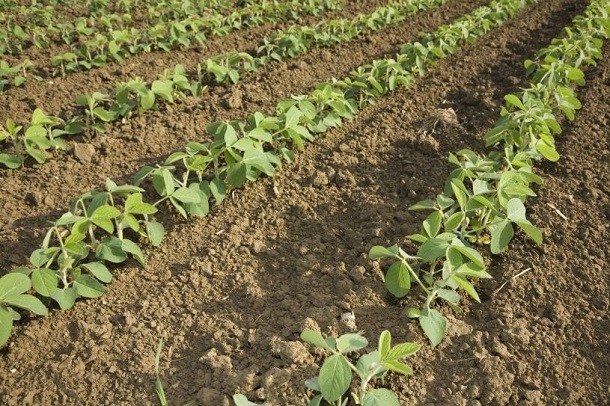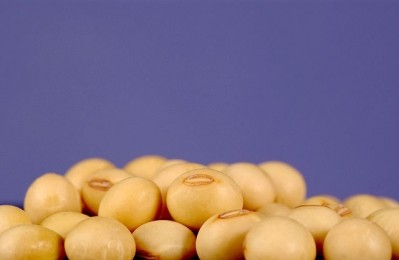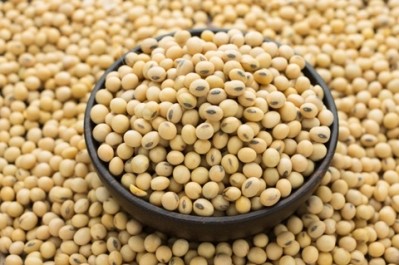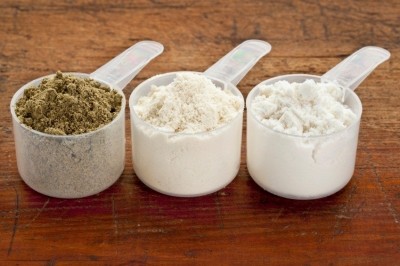Soybeans with super nitrogen-fixing capabilities produce higher yield with less fertilizer

Washington State University biologist Mechthild Tegeder and biological sciences graduate student Amanda Carter recently discovered how to activate a third “transporter” in soybeans for nitrogen to speed the flow of the essential nutrient from the plants’ roots to the shoots and seed-producing organs.
By boosting how quickly nitrogen is exported from the specialized bacteria in the soybean root nodules where it is “fixed” to the plants’ shoots and reproductive sink organs, Tegeder and Carter found soybean plants produced between 14% and 41% more pods, according to a study recently published in Current Biology. They also reported a significant shift in the number of pods that produced three seeds, versus just one, so that the overall seed yield per plant increased up to 36%.
In addition to producing more seeds, the plants were able to fix, or convert, twice as much nitrogen from the atmosphere than their wild counterparts, according to the study. WSU explained in materials accompanying the study that this was possible because the expedited transport of nitrogen from the root nodules “initiated a feedback loop that caused the rhizobia to start fixing more atmospheric nitrogen.”
Tegeder and Carter succeeded at boosting nitrogen conversion when other failed in part because previous research fixated on boosting the plants’ nitrogen-fixing capability by altering the bacteroid function or interactions between the bacteroid and the root nodule cells.
Environmental benefits beyond production
The ability to fix more nitrogen not only resulted in larger, faster-growing and generally better looking soybean plants, it also suggests that the plants could survive in harsher conditions and with less fertilizer, according to the study. However, the authors note this would need to be tested in fields first.
Synthetic nitrogen fertilizer often is used to boost plant productivity, but the tradeoff is increased greenhouse gas emissions, water pollution and other negative impacts on the ecosystem, WSU explained.
On the flip side, when nitrogen fertilizer is unavailable, farmers can experience low crop yields which restrict the food supply, the university added.
In addition to not needing as much or any synthetic nitrogen fertilizer, the enhanced soybeans can help reduce the need for fertilizer for other crops because, like other legumes, soybeans leave residual nitrogen in the soil for crops that are planted later in the same fields.
Tegeder and Carter’s discovery also could have a broader reach if, as the researchers believe, it can be applied to other varieties of legumes in different climates.
















